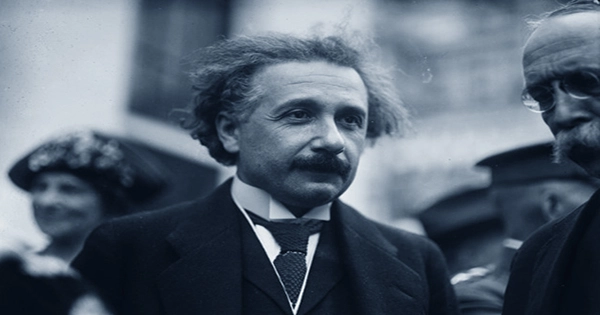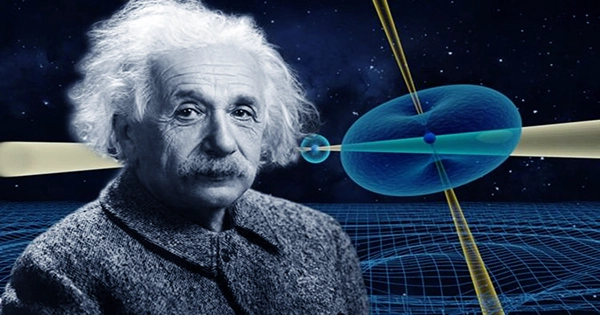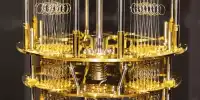Although Albert Einstein’s general theory of relativity succeeded in predicting the gravitational pull of stars and planets, it turned out to be inapplicable in all conceivable sizes.
We are aware that the universe experiences gravity in addition to everything else. But gravity, the most prevalent of all the recognized basic forces, poses a formidable obstacle for physicists.
It has been this way for decades The theory of general relativity numerous observational exams were passed. From the initial detection of gravitational waves in 2016 to the first, in 1919, when Eddington’s measurement revealed the deflection of stellar light from the Sun.
However, whether we attempt to apply Einstein’s rules over extremely short distances, in situations where quantum physics is in play, or even when we attempt to characterize the entire universe, his theory raises unanswered issues.

According to recent studies, Einstein’s theory of general relativity may have needed to be modified in some way to account for scales that it couldn’t “fit” into. We could create experiments to see if the universe ultimately conforms to Albert Einstein’s theory.
According to the hypothesis, gravity will cause the paths that light and matter take to bend, causing space-time to curve or deform. It is vital to keep in mind that the theory states that gravity must bend both the trajectories of light and matter in the same manner.
Modern theories: Although the statistical significance is very low, a recent study reveals that there might be evidence of a potential discrepancy with the physicist’s prediction. The notion that gravity behaves differently on vast scales and that Einstein’s theory of general relativity needs to be modified is ultimately demonstrated by this.
The study’s final finding was that it is exceedingly challenging to resolve the voltage issue. Hubble and that even if it were solved, the theory of gravity probably wouldn’t be altered.
This question may probably be answered by adding a new element to the cosmological model, one that existed before the initial instant when protons and electrons combined to form hydrogen.
















